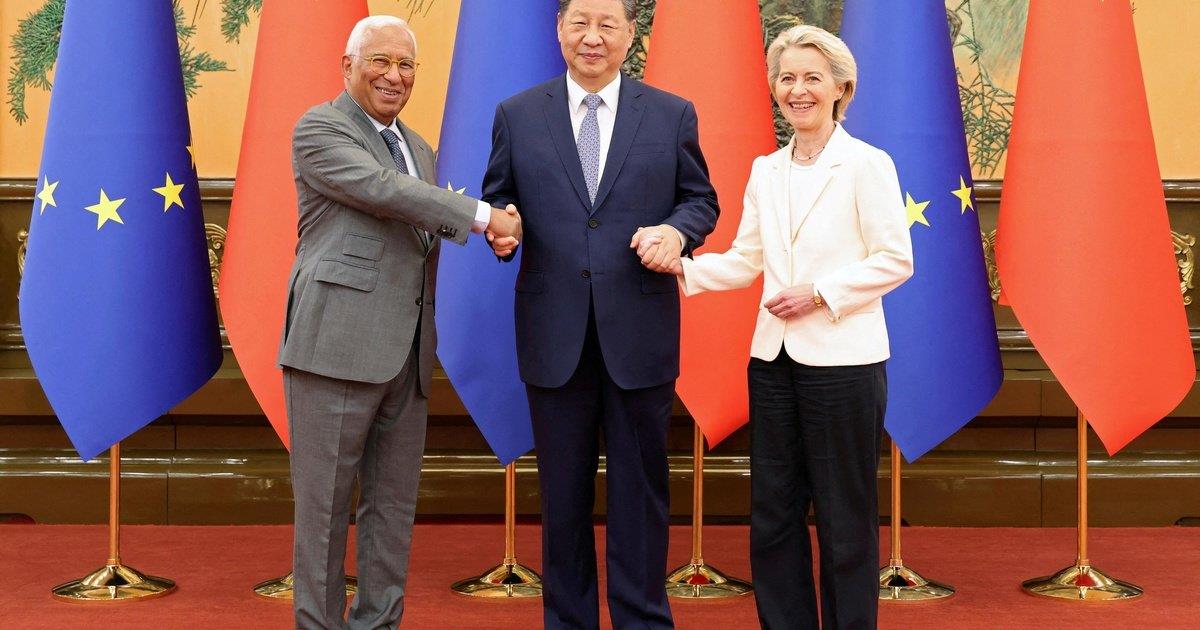
Great Fracture As 3 Rival Blueprints For The Global Economy Emerge
This anniversary was not a moment of consensus, but the formal debut of a fractured global order, where the foundational assumption of a common set of rules no longer holds. The era of a single, Western-led economic system, governed by the principles of liberal internationalism, is rapidly eroding.
The world is fragmenting into at least three distinct geo-economic blocs, each with its own blueprint for prosperity, power and technological governance. This is no longer an academic debate confined to think tanks; it is the declared and operational strategy of the world's most powerful nations.
The implications are profound, creating unprecedented volatility for multinational corporations, forcing a radical rethinking of global supply chains, and introducing complex new risks – from weaponized finance to data localization – into the calculus of every investor and corporate board.
1. The sovereignty-first model (US)This paradigm prioritizes national and economic security over unconditional multilateral commitments. It is a direct reflection of Washington's latest National Security Strategy, which frames the global landscape as one of“strategic competition” and mandates the building of“secure, resilient supply chains with like-minded partners.”
In practice, this translates into assertive industrial policies like the CHIPS Act and the Inflation Reduction Act, which use subsidies and incentives to onshore or“friend-shore” critical industries such as semiconductors and green technology. US subsidies under the IRA alone are estimated at over $369 billion, reshaping investment flows.
For global firms, this model ends the era of frictionless globalization. Market access, technology transfers and capital flows are increasingly conditional on geopolitical alignment. Those outside the US-defined security circle face systemic exclusion from key technological ecosystems.

Legal Disclaimer:
MENAFN provides the
information “as is” without warranty of any kind. We do not accept
any responsibility or liability for the accuracy, content, images,
videos, licenses, completeness, legality, or reliability of the information
contained in this article. If you have any complaints or copyright
issues related to this article, kindly contact the provider above.
Most popular stories
Market Research

- Nodepay Launches Crypto's Largest Prediction Intelligence Platform
- New Crypto Mutuum Finance (MUTM) Nears $17 Million Raised Ahead Of October
- Ethereum Startup Agoralend Opens Fresh Fundraise After Oversubscribed $300,000 Round.
- Nigel Farage To Headline At UK's Flagship Web3 Conference Zebu Live 2025
- Barunson, Studio Behind Parasite, To Launch Nplug IP Remixing Platform On Story And Bring Flagship IP Onchain
- Solo Leveling Levels Up: Korean Billion-Dollar Megafranchise Goes Onchain With Story
























Comments
No comment